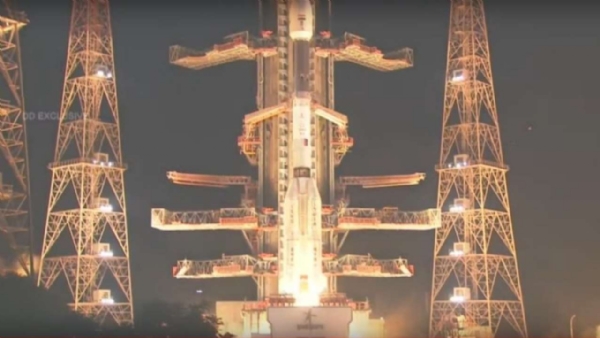ISRO's GSLV fails to put India's 'Eye In The Sky' satellite into orbit
Total Views |
Sriharikota, August 12: India Space Research Organisation has launched GSLV-F10, carrying the Earth Observation Satellite EOS-03, however, it failed to place the satellite into the Geosynchronous Transfer Orbit.
According to the latest update from the space agency, the EOS satellite is out of its trajectory path as its cryogenic engine failed to lift the satellite to Geostationary orbit. Due to which ISRO declared the mission 'Unsuccessful' on Thursday.

Dr. K Sivan, Chairman, ISRO later confirmed the news at the end of the Doordarshan broadcast - “Mission could not be accomplished fully because there was a technical anomaly observed in the cryogenic stage”.
The mission ''cannot be accomplished fully'' due to a performance anomaly in the cryogenic stage, ISRO said after the launch. The rocket was lifted-off according to its decided timing at 5.43 am from the second launch pad at Sriharikota about 100 km from Chennai.
After the launch, the first two stages of the rocket performed as expected, however, the cryogenic state did not ignite and because of that, it got out of the path from the planned one.
The satellite was supposed to help in quick monitoring of natural disasters like cyclones, cloudbursts, and thunderstorms.
It should be noted that ISRO's three-stage launch vehicle Geosynchronous Satellite launch Vehicle has only 86 % of chances to deliver satellites into Geosynchronous Transfer Orbit. That is the main reason why ISRO called it Naughty boy.
This is the second launch for the ISRO in 2021 after its successful mission in February when Brazil's earth observation satellite Amazonia-1 and 18 co-passenger satellites were launched. This was the space agency’s third attempt at launching the satellite into space. It was first scheduled for March 5, 2020. ISRO wanted to launch it again earlier this year (2021), but it did not take place due to a voltage issue.
.
.